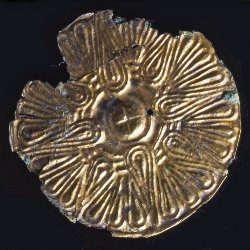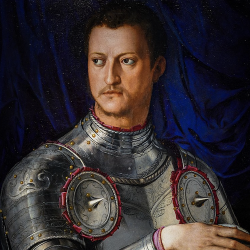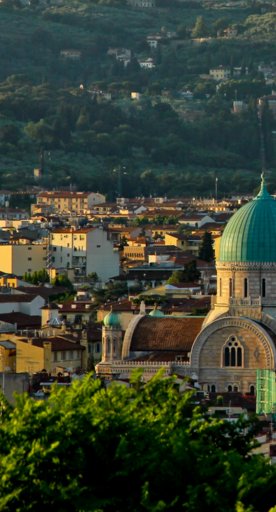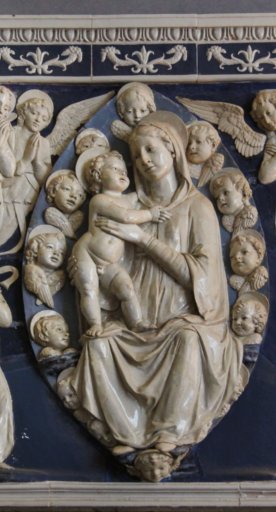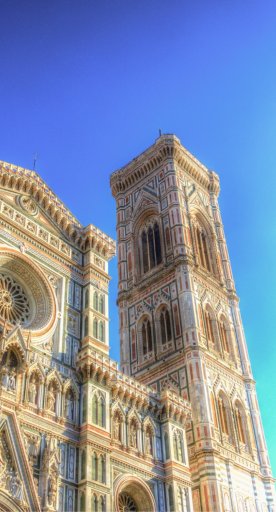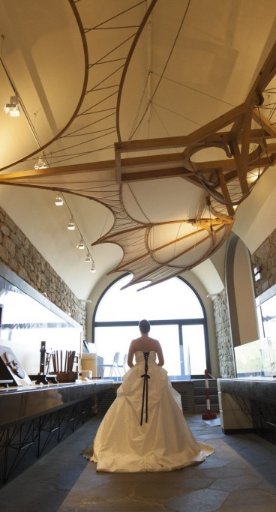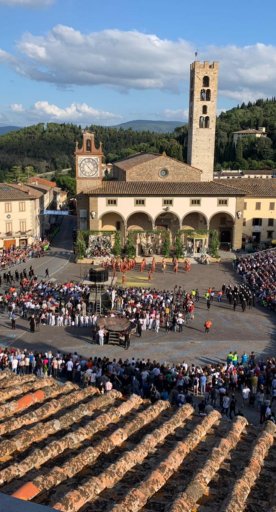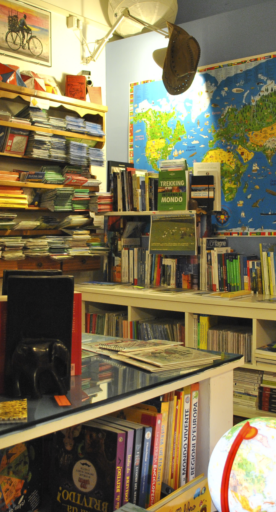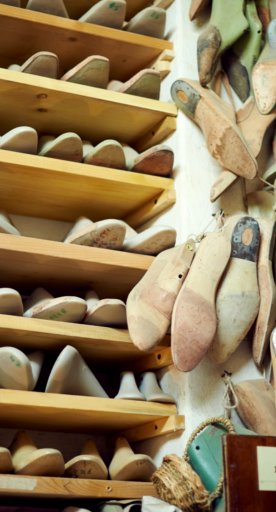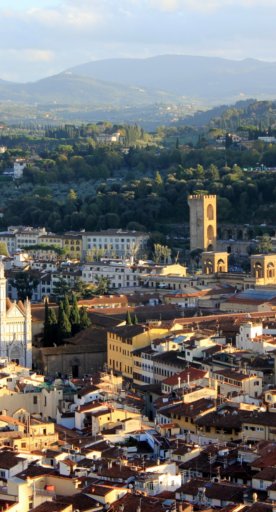Boboli Gardens: the green lung of Florence
Behind the imposing Palazzo Pitti, the Boboli Gardens await you with its stories
The Boboli Gardens are a historic and beloved green space in Florence, one of the most important and beautiful Italian style gardens in the world and, along with the other Tuscan Medici gardens and villas, is included in the list of UNESCO World Heritage Sites.
This green lung in the city can be considered an open air museum, rich in history and art, as well as a precious refuge from the city’s summer heat. Behind the imposing Palazzo Pitti, the garden welcomes locals and tourists with its stories, secret corners and fascinating routes.
-
1.History
-
2.Highlights
History

The oldest part of the garden, just behind Palazzo Pitti, dates to the 16th century and vaunts an easily recognizable Renaissance style. Later extensions and modifications - ponds, fountains, temples and caves - began under Cosimo II, who also restored and expanded the palace itself during the 17th century.
The original design is by Niccolò Pericoli (Tribolo). Following his premature death, the work fell under the direction of important artists such as Bartolomeo Ammannati and Bernardo Buontalenti.
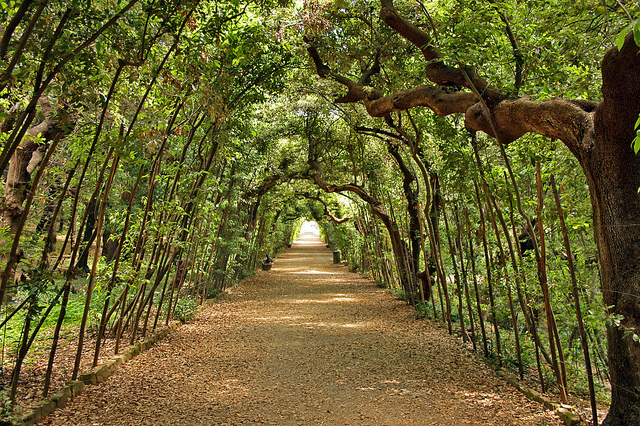
Boboli is a typical example of Italian landscape art: regular and geometric areas, bordered by small and large paths, alternate with more hidden and protected areas – some examples include Giardino del Cavaliere, Giardino della Limonaia, Giardino dell’Isola, Prato di Madama (now lost) – dedicated to herbs, shrubs and flowers. There are also smaller and exclusive spacesattached to the private apartments of the Medici family, such as the Giardinetto del Pincipe Mattias/Garden of the Camellias.
The Boboli Gardens were (partially) opened to the public for the first time during the reign of Grand Duke Peter Leopold.
Highlights
The horseshoe amphitheatre that greets visitors at the main entrance of Palazzo Pitti is actually located where the hill was excavated to remove the stone (pietraforte) used to build the palace itself.
The Ocean Fountain, which today is located in the south-west area of the garden (L'Isolotto), was once at the centre of the amphitheatre, where we can still see the Egyptian obelisk installed in 1790, the only one of its kind in Tuscany.
The Giardino del Cavaliere is one of the Boboli’s walled gardens. The name comes from the location, built atop (a cavallo) a bastion that is part of the city’s fortifications designed by Michelangelo. Here, the low hedges surround rare species of dahlias and roses. The central fountain is decorated with three bronze monkeys at the base. The garden is also home to the Casino del Cavaliere, where the Porcelain Museum is located.
The Limonaia comes from the Medici family’s interest in having citrus groves in their gardens, which were considered exotic plants. During the cold winters, they needed to be moved indoors, so the old mosaics and statues factory was transformed into a “limonaia,” a special building used specifically for this purpose. Under the reign of Grand Duke Peter Leopold, the Limonaia also housed exotic animals, including a hippopotamus.
The Kaffeehaus is a unique Rococo pavilion offering a splendid view of the city.

